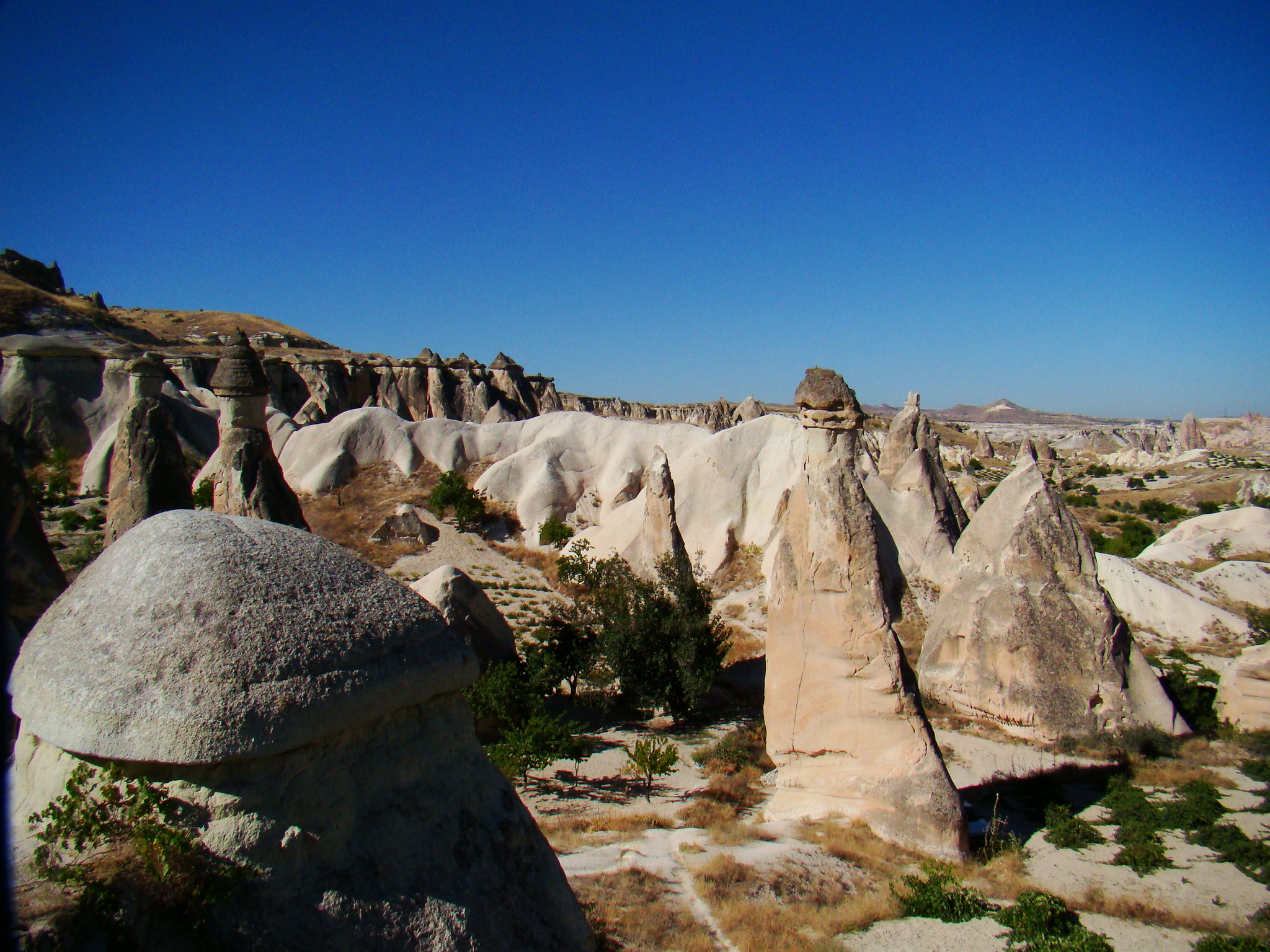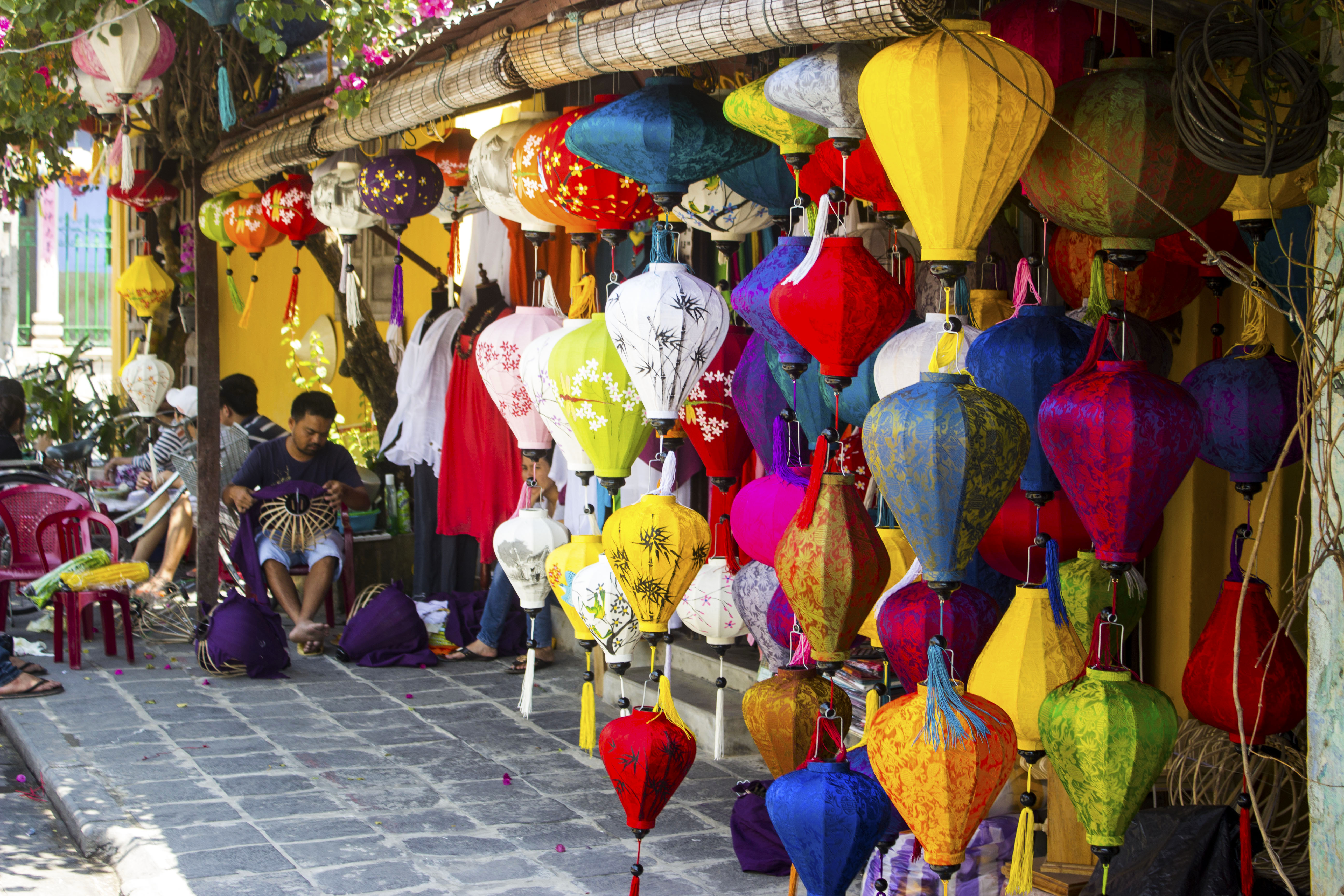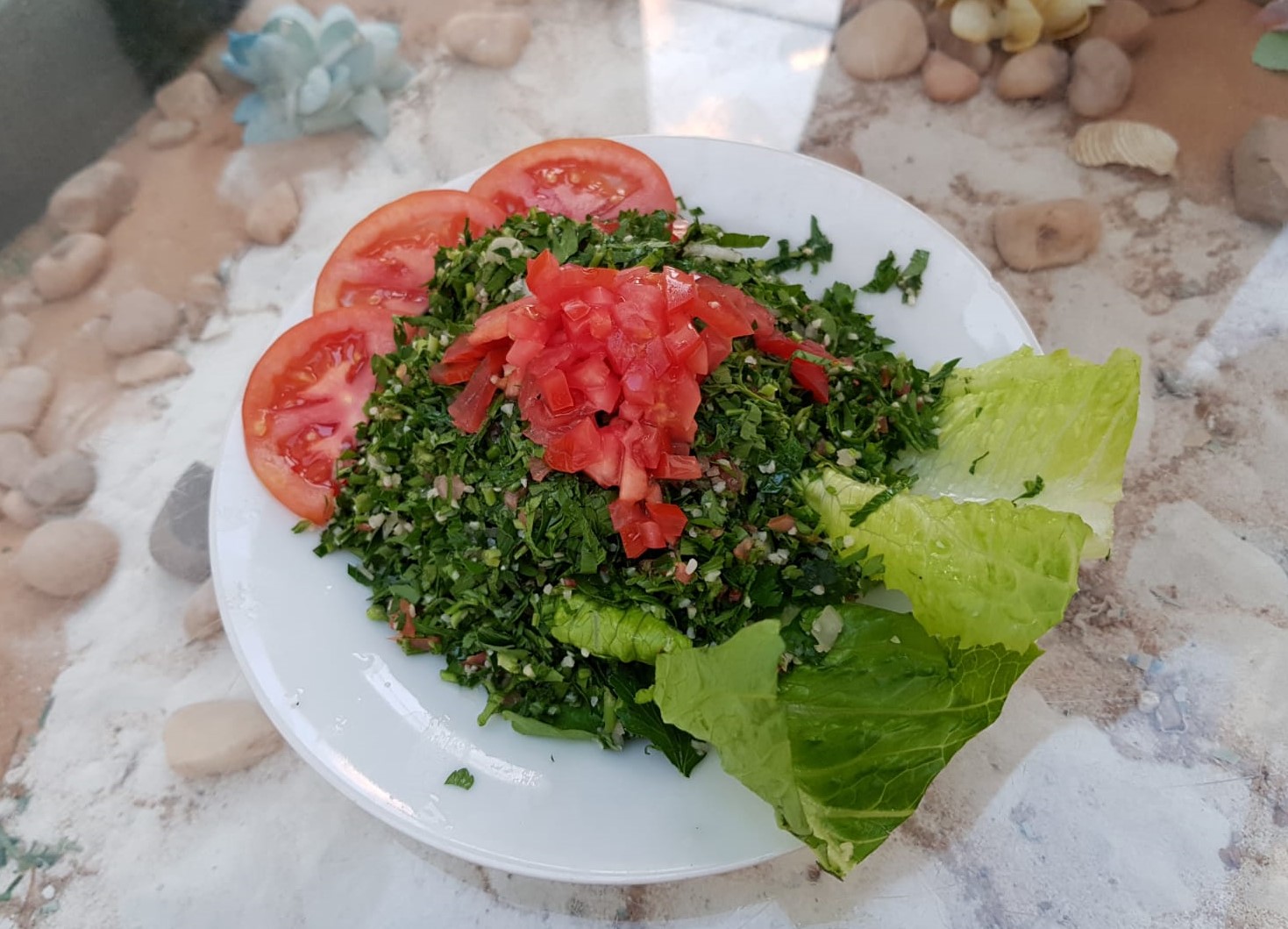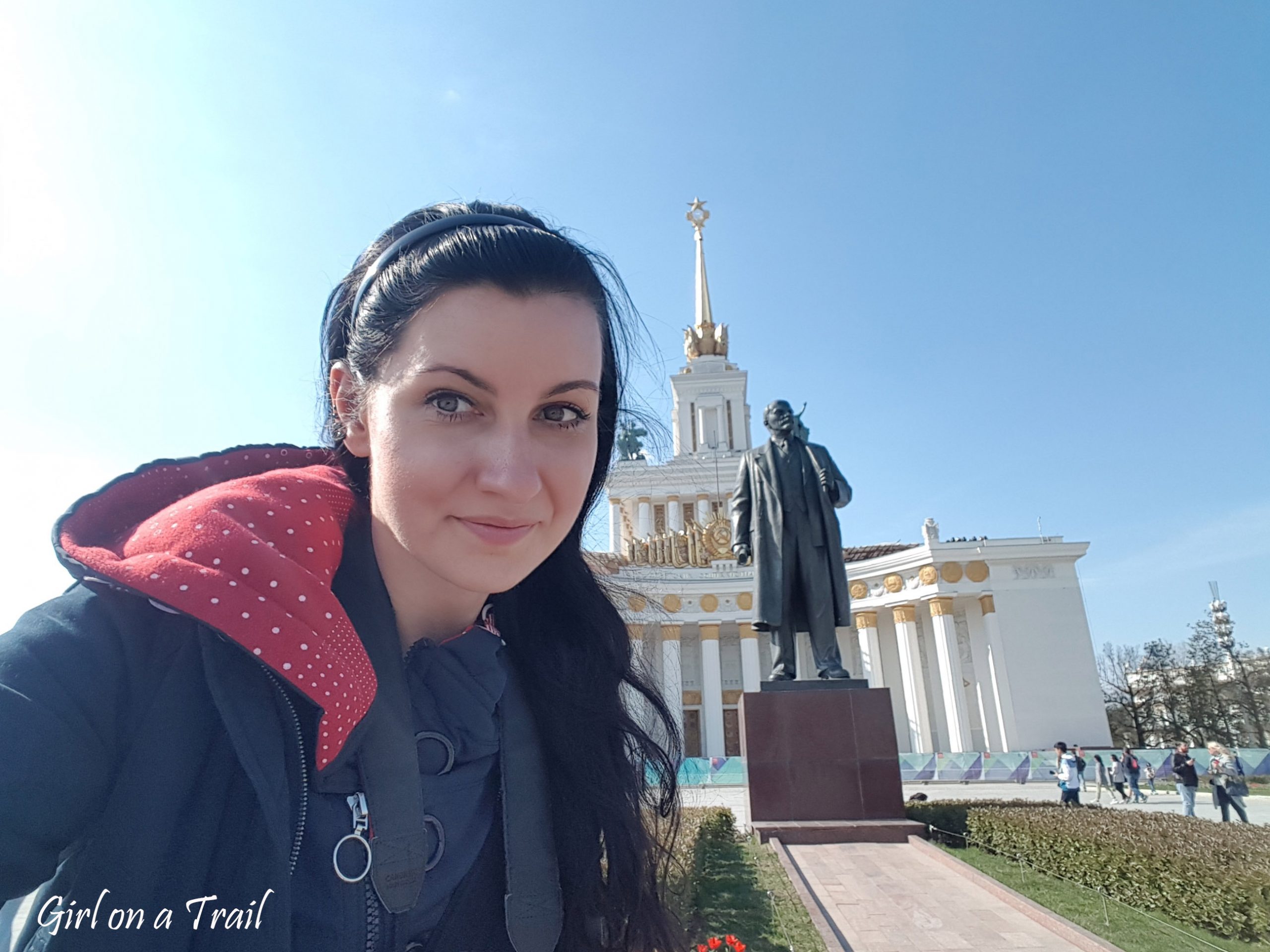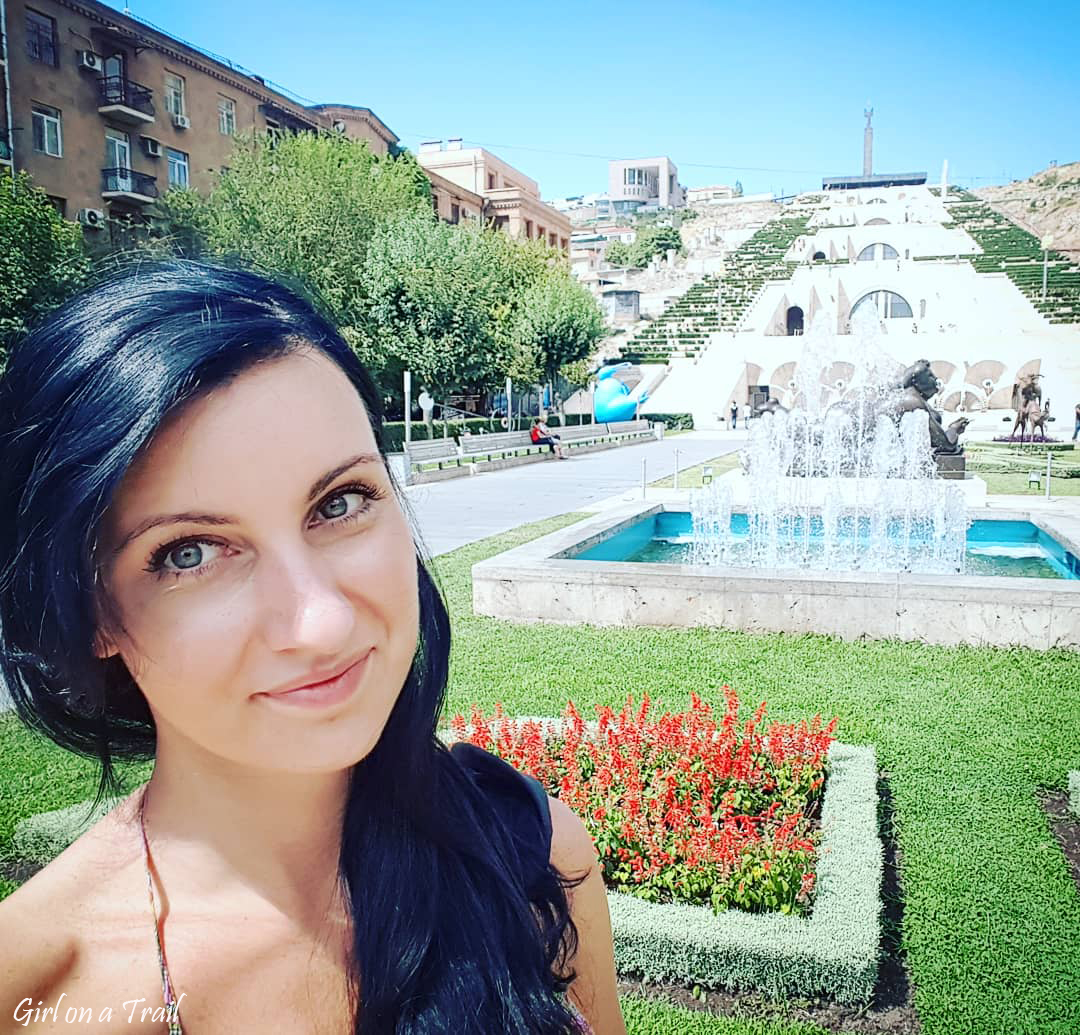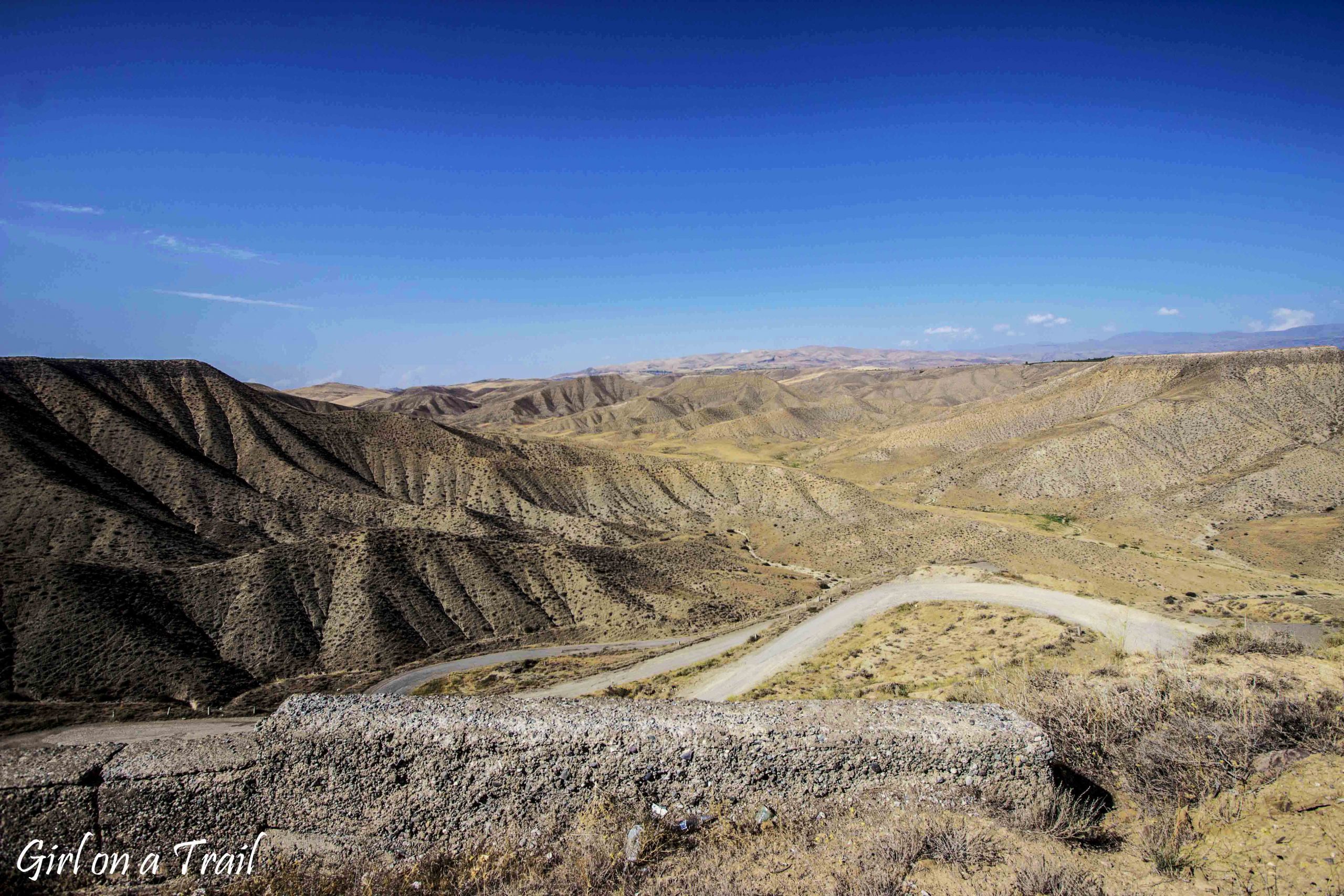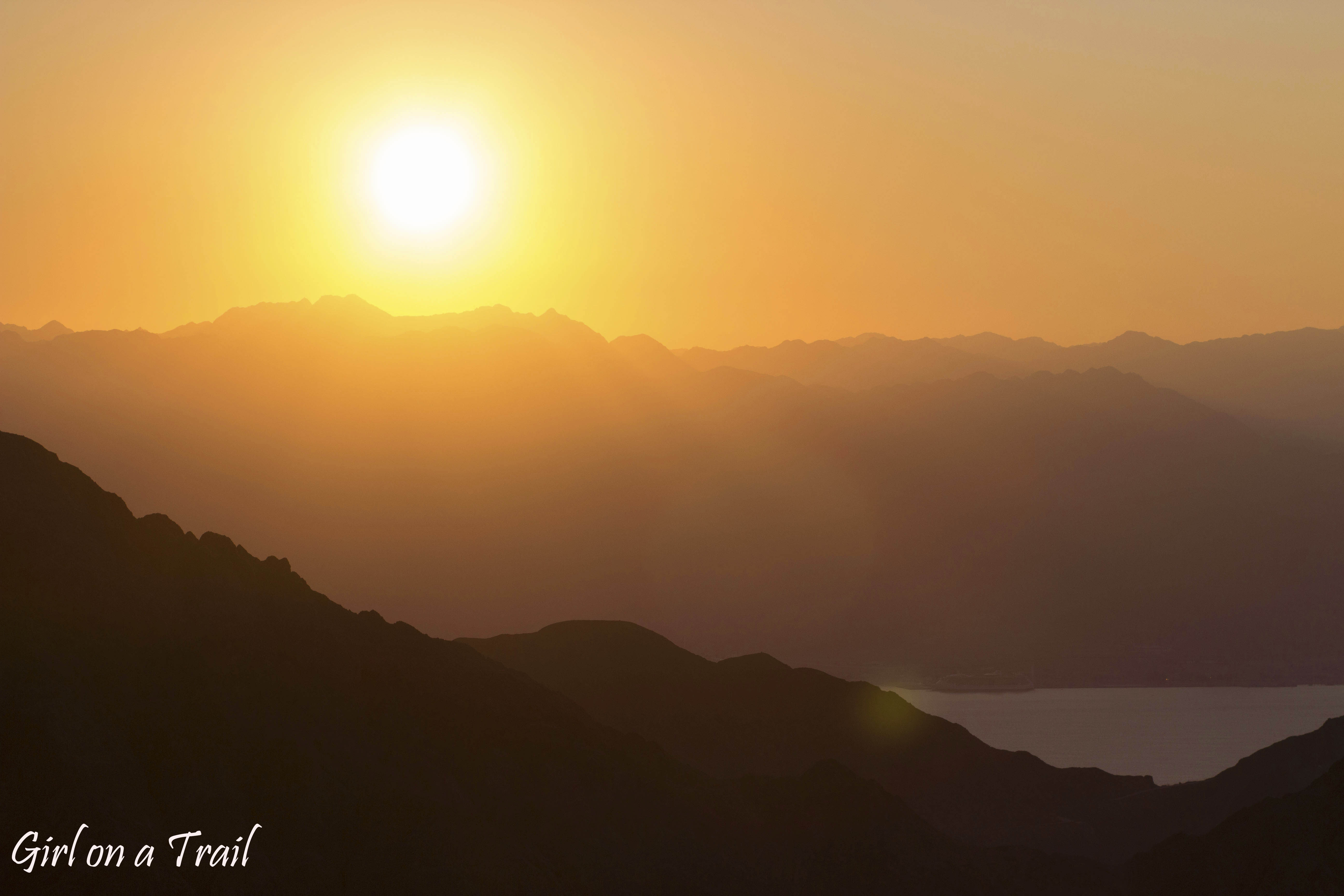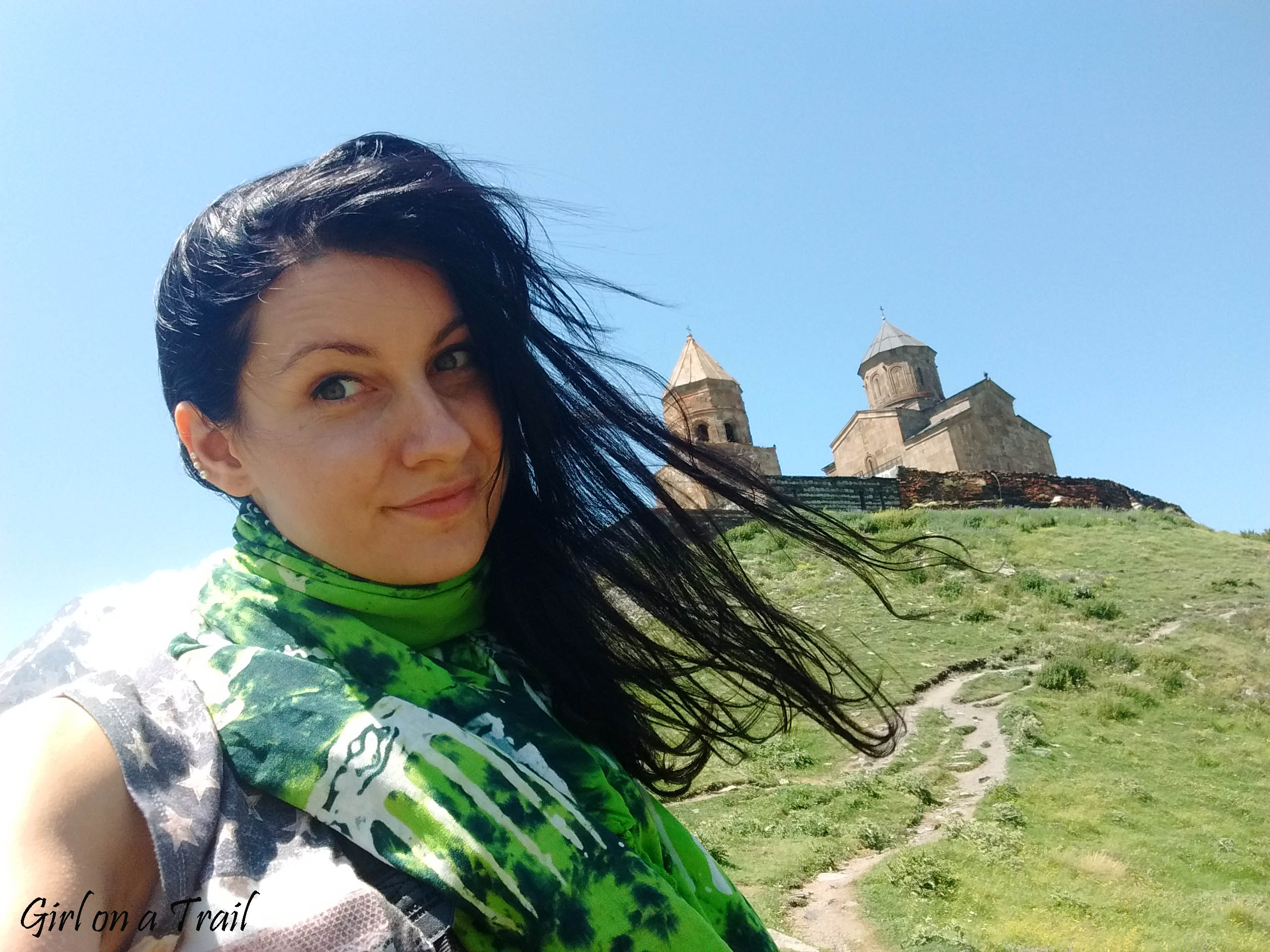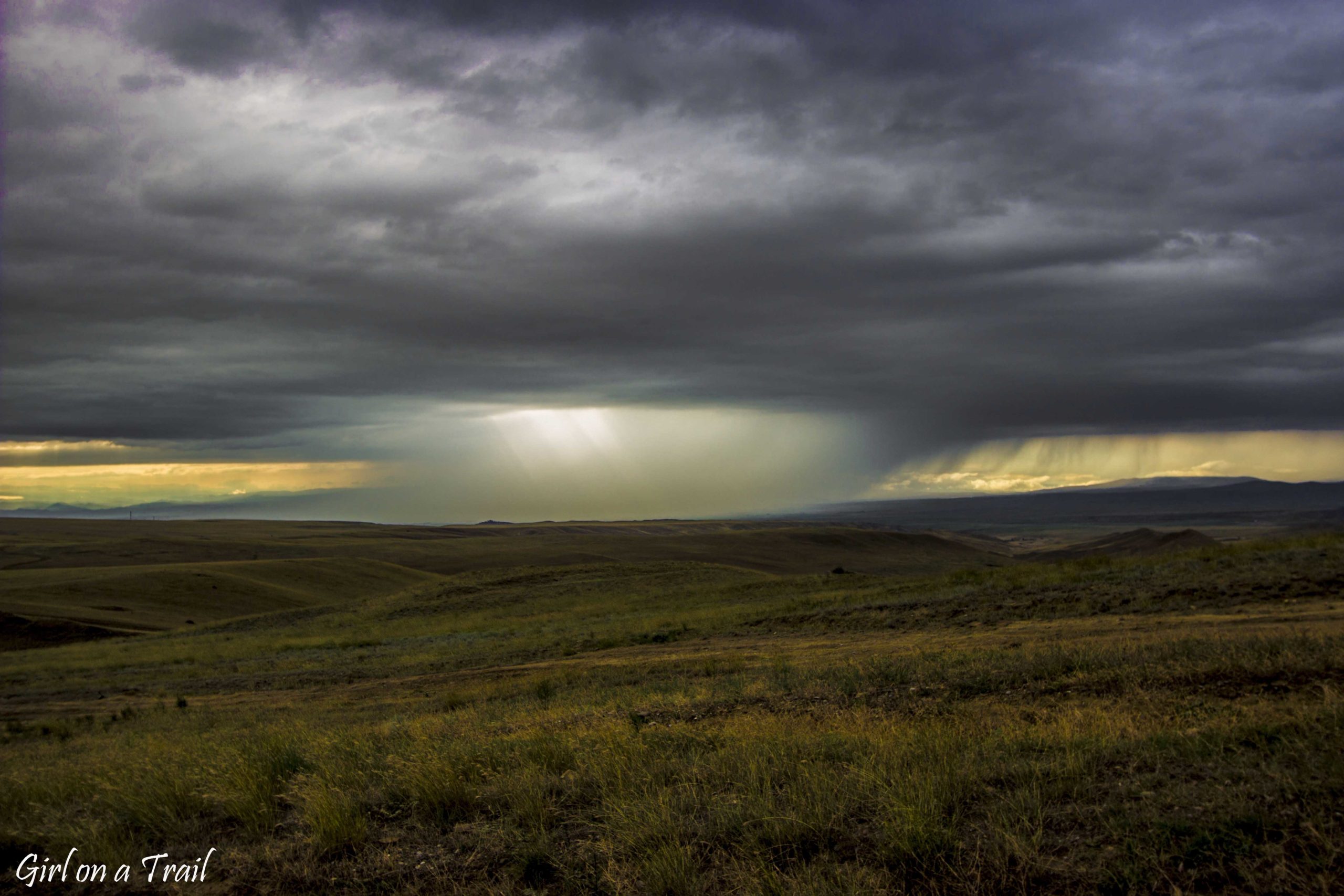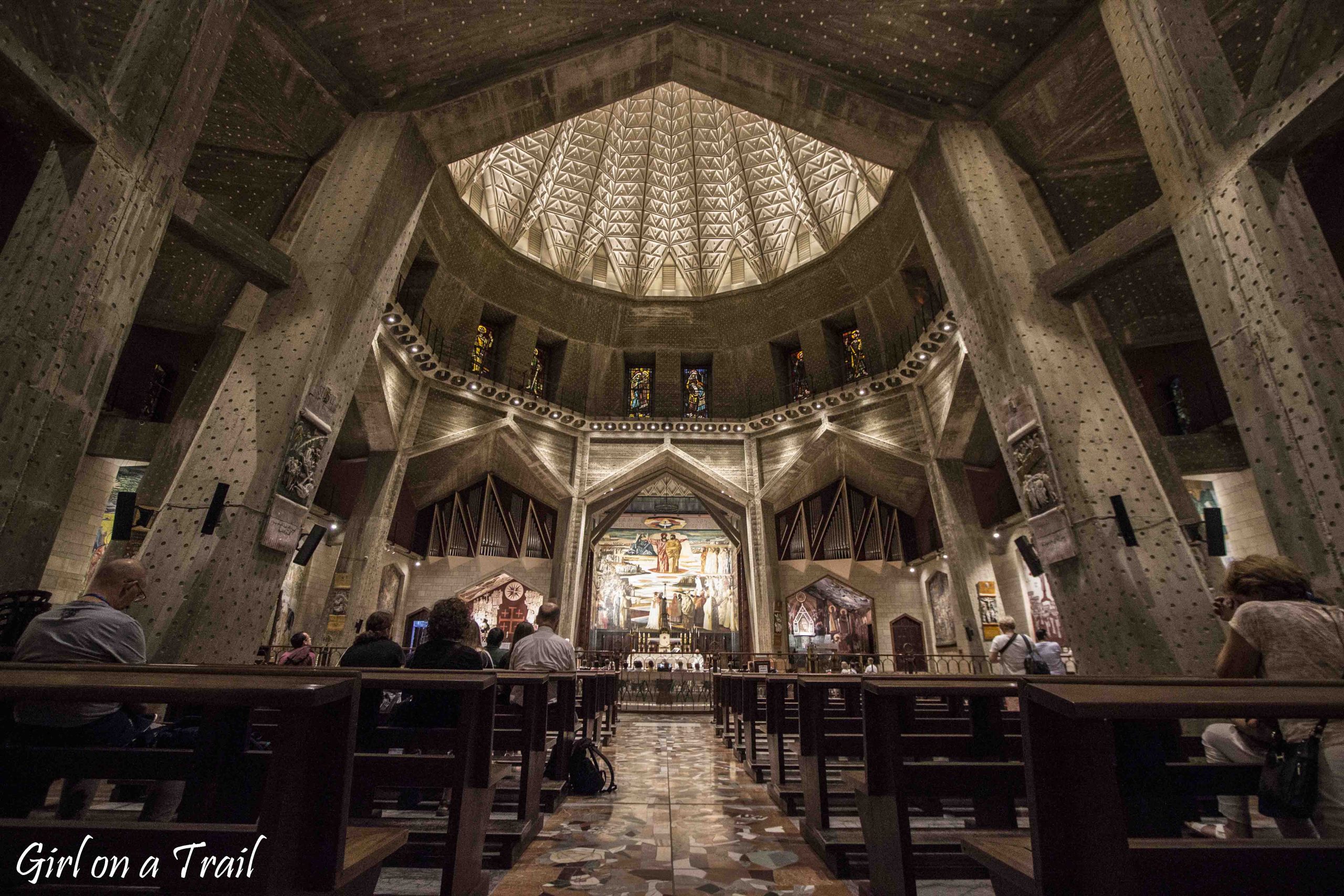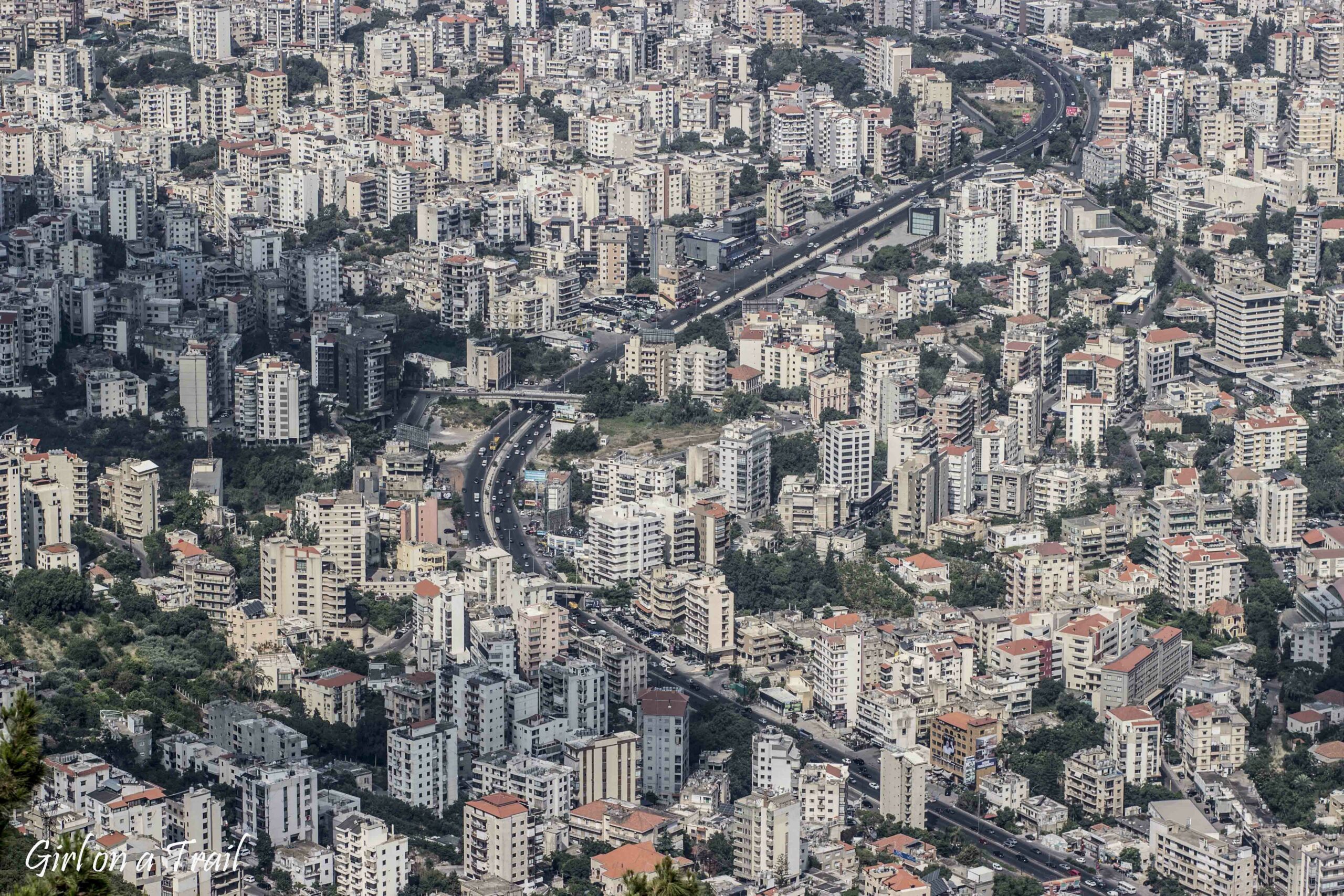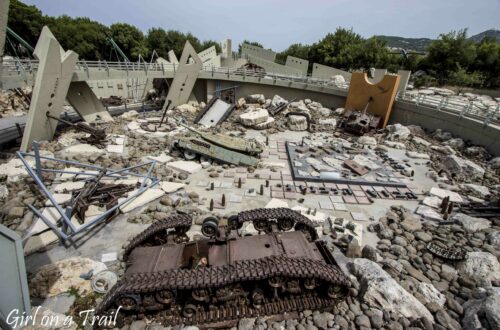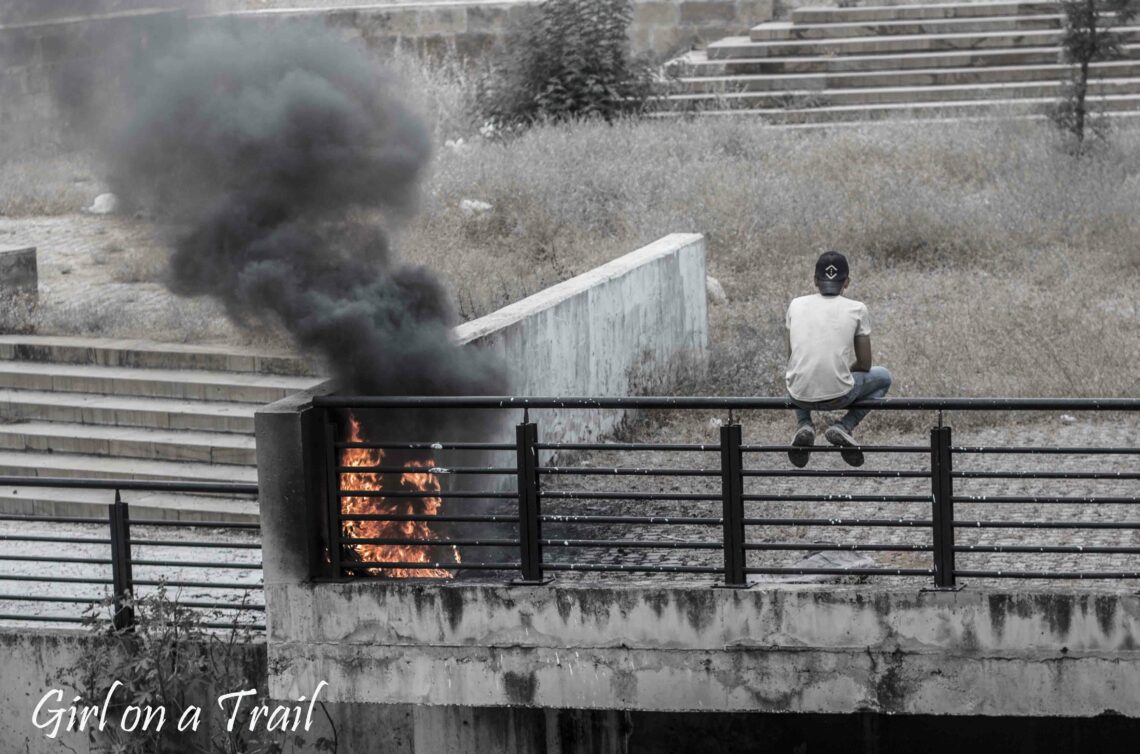
Tripoli – Lebanese Kandahar
Tripoli, often confused with the capital of Libya, is the second largest city in Lebanon. It was founded by the Phoenicians in the 4th century BC, as a port city and for a long time it was a centre of trade. Tripoli has a rich history. It was under the rule of Persians, Romans and Mamluks.
In 1109 it was taken over by the Crusaders. A reminder of those times is the Citadel, also known as Saint-Gilles Castle – one of the city’s main attractions. There’s an interesting view of the city and the Abou Ali River. Due to its strategic location, the citadel is currently used by the Lebanese Army as a military base. You can see armored vehicles under its walls.

In the 16th century, the Crusaders were forced out by the Ottoman Empire, which ruled here until World War I. Then the city was taken over by British troops. In 1920, it came under French rule, which lasted until 1946. Tripoli was then annexed to North Lebanon. On May 31, 1976, the Syrian army launched an invasion of Lebanon, beginning an occupation that lasted until 2005.
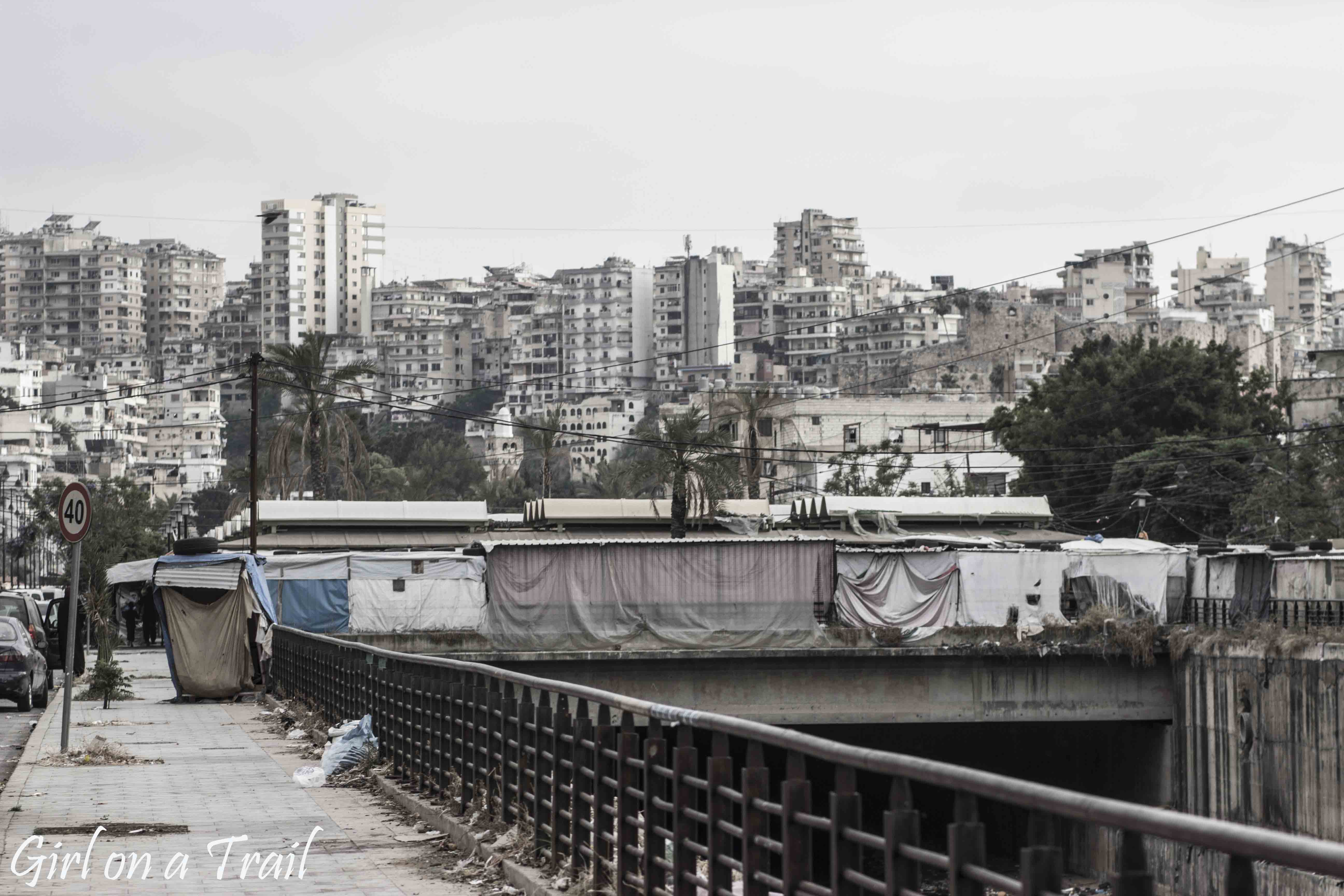
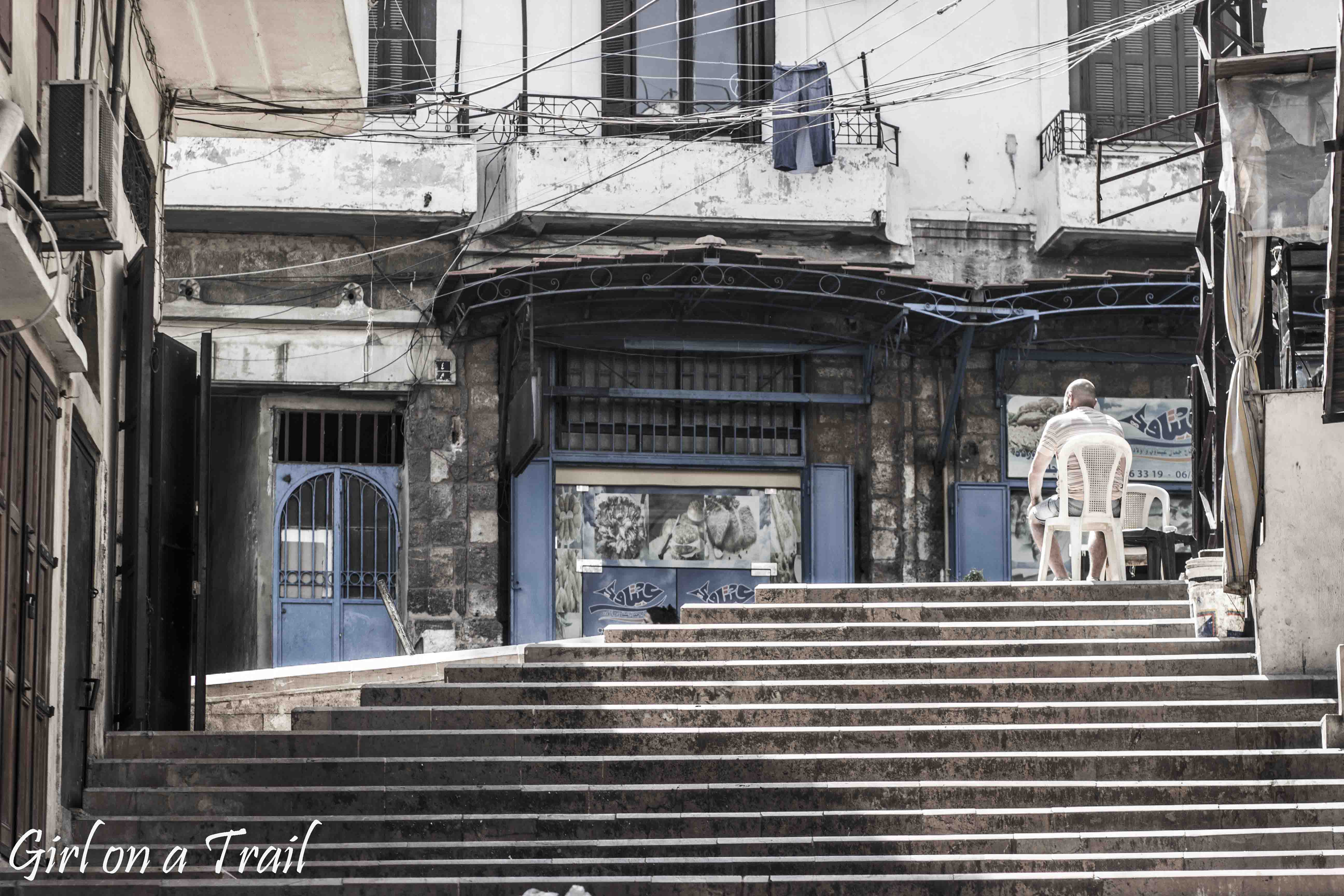
Tripoli is located just 30 km from the Syrian border and has historical ties to Syria. For decades, the city has been a symbol of division in Lebanon between those who supported Syrian President Bashar al-Assad and his opponents. Terrorist attacks and fighting between Sunnis and Alawites were a daily occurrence at that time.

Additionally, as a result of the outbreak of the civil war in Syria, it’s estimated that approximately 70,000 refugees came the city. The population of Tripoli increased by almost 20%, which caused a housing crisis and led to high unemployment.
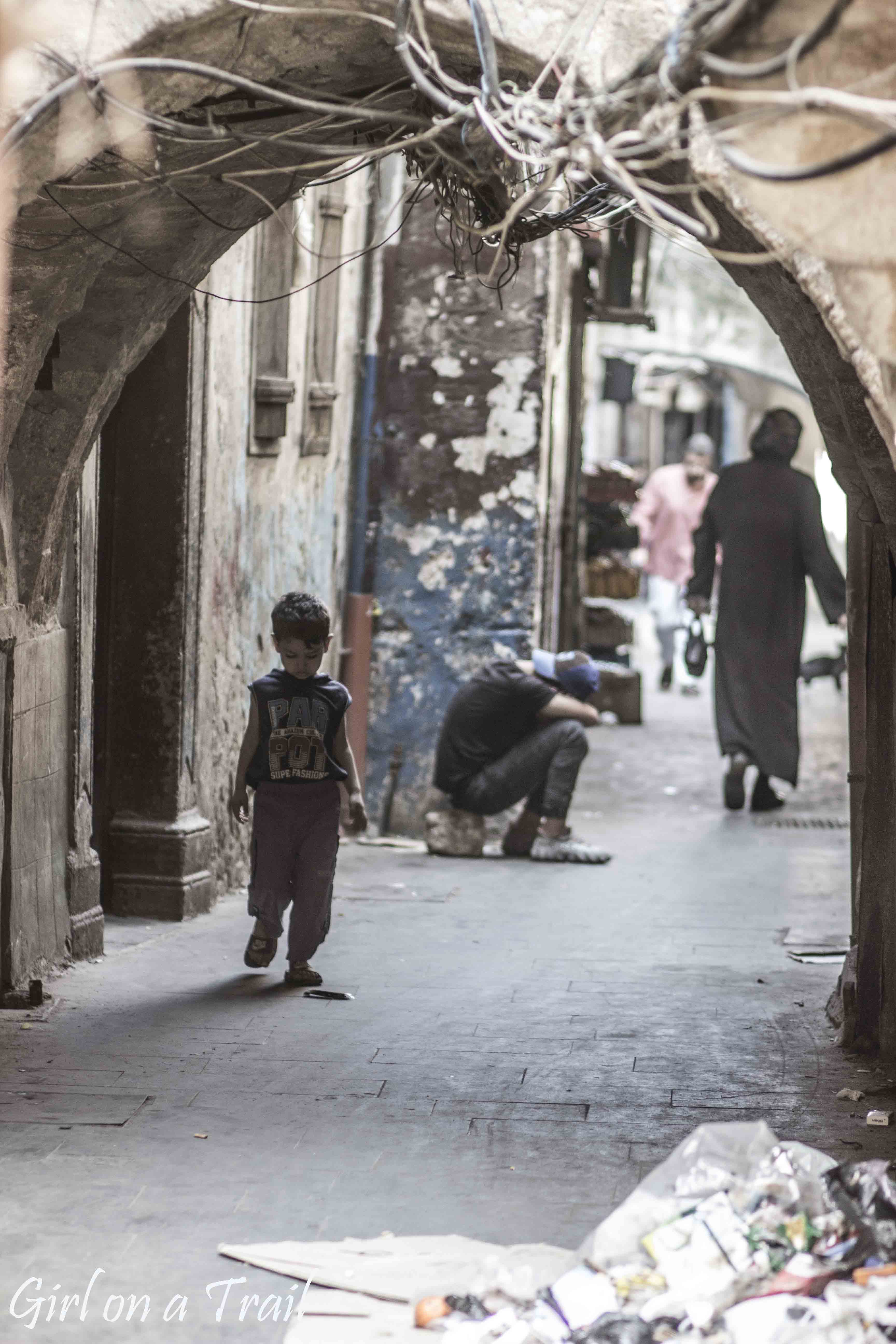
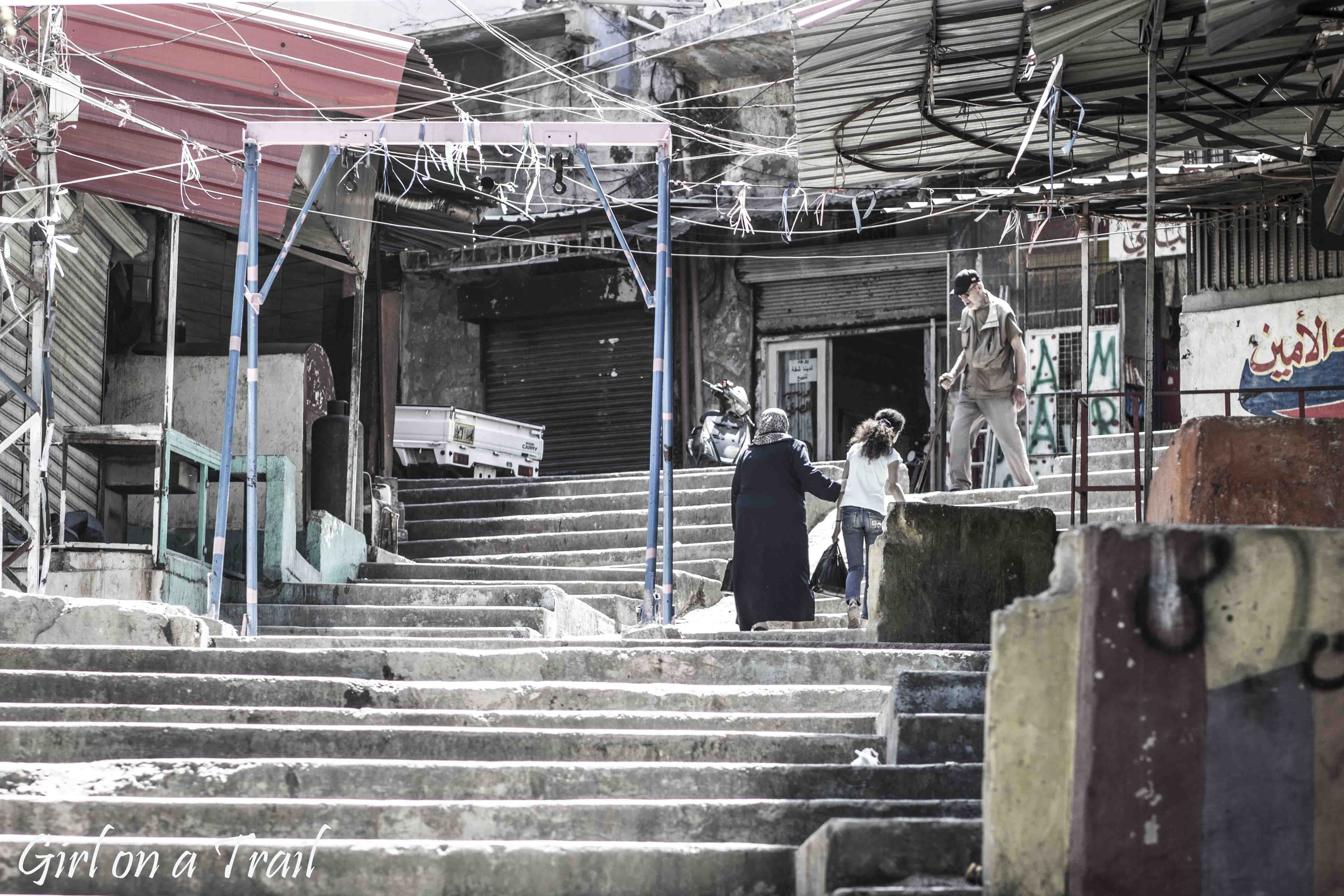
The last major riots took place only 10 years ago, in 2013 and 2014. Traces of military operations remain to this day on the facades of buildings.
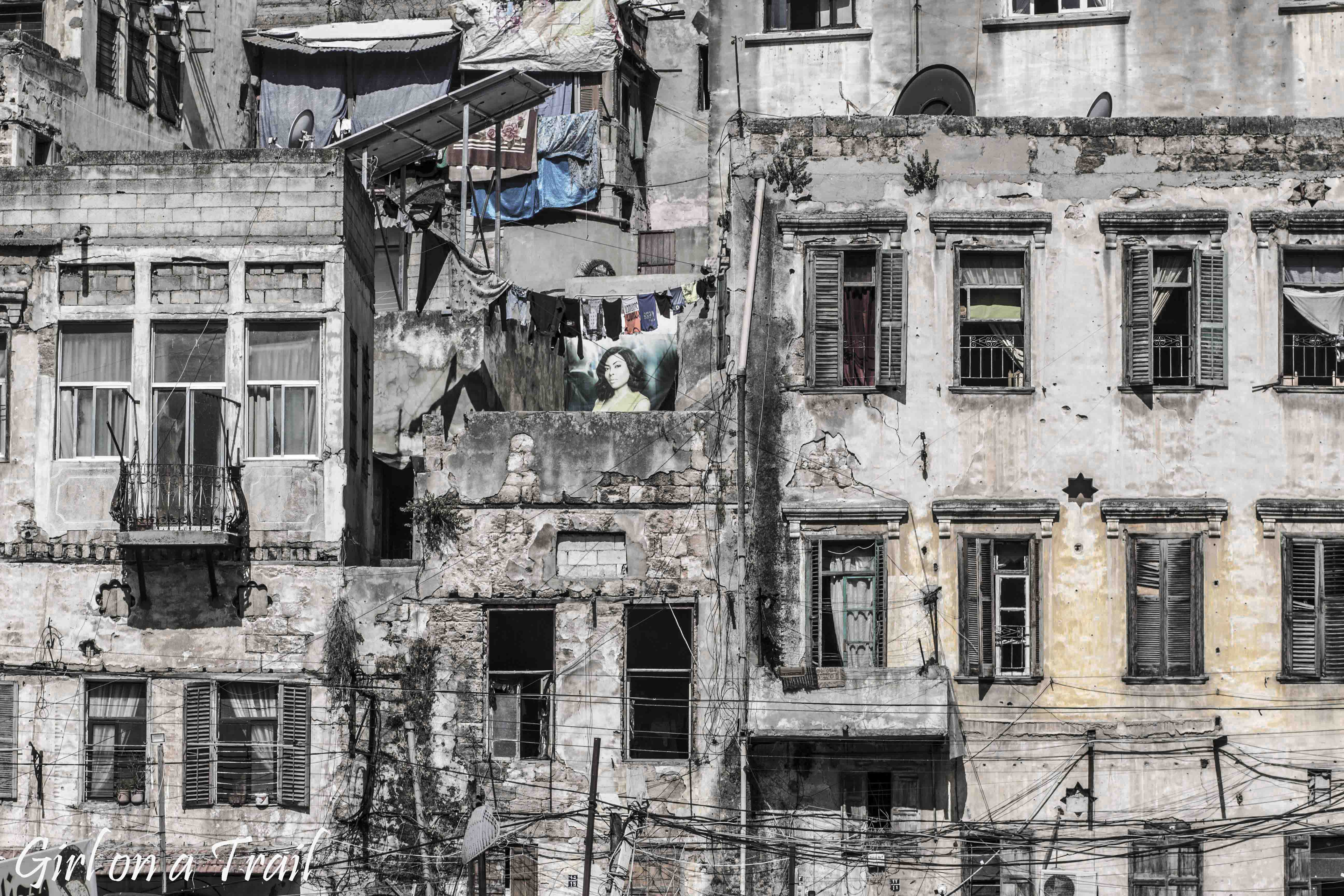
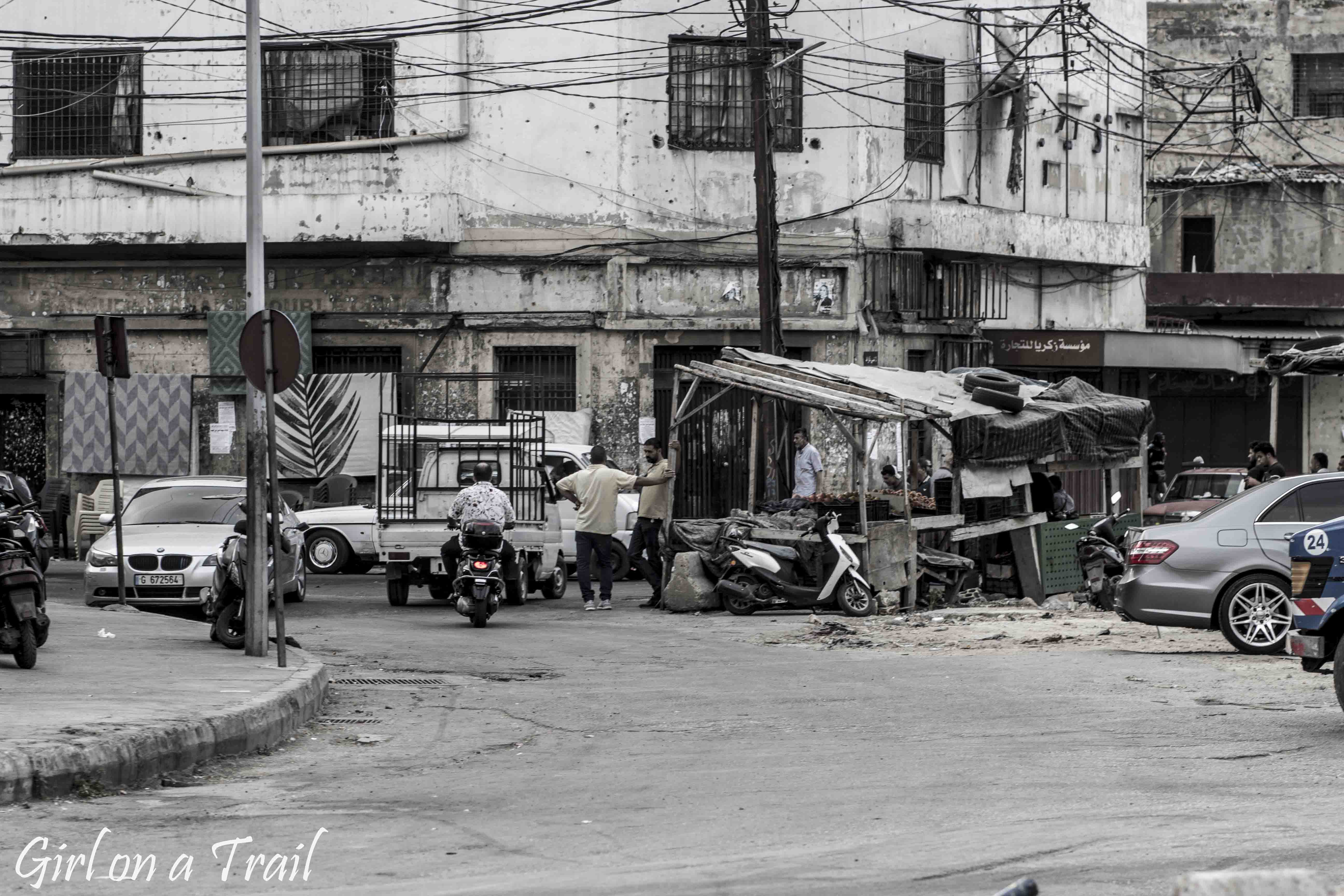
It cannot be denied that the city’s former glory days is a thing of the past. Currently, Tripoli is one of the most marginalized cities in Lebanon. It seems to have been completely forgotten by the Lebanese government. Just a short walk around the centre is enough to see how neglected it is. Dirty streets and dilapidated buildings are a common sight. According to a 2015 UN report, more than 50% of the city’s population lives below the poverty line.

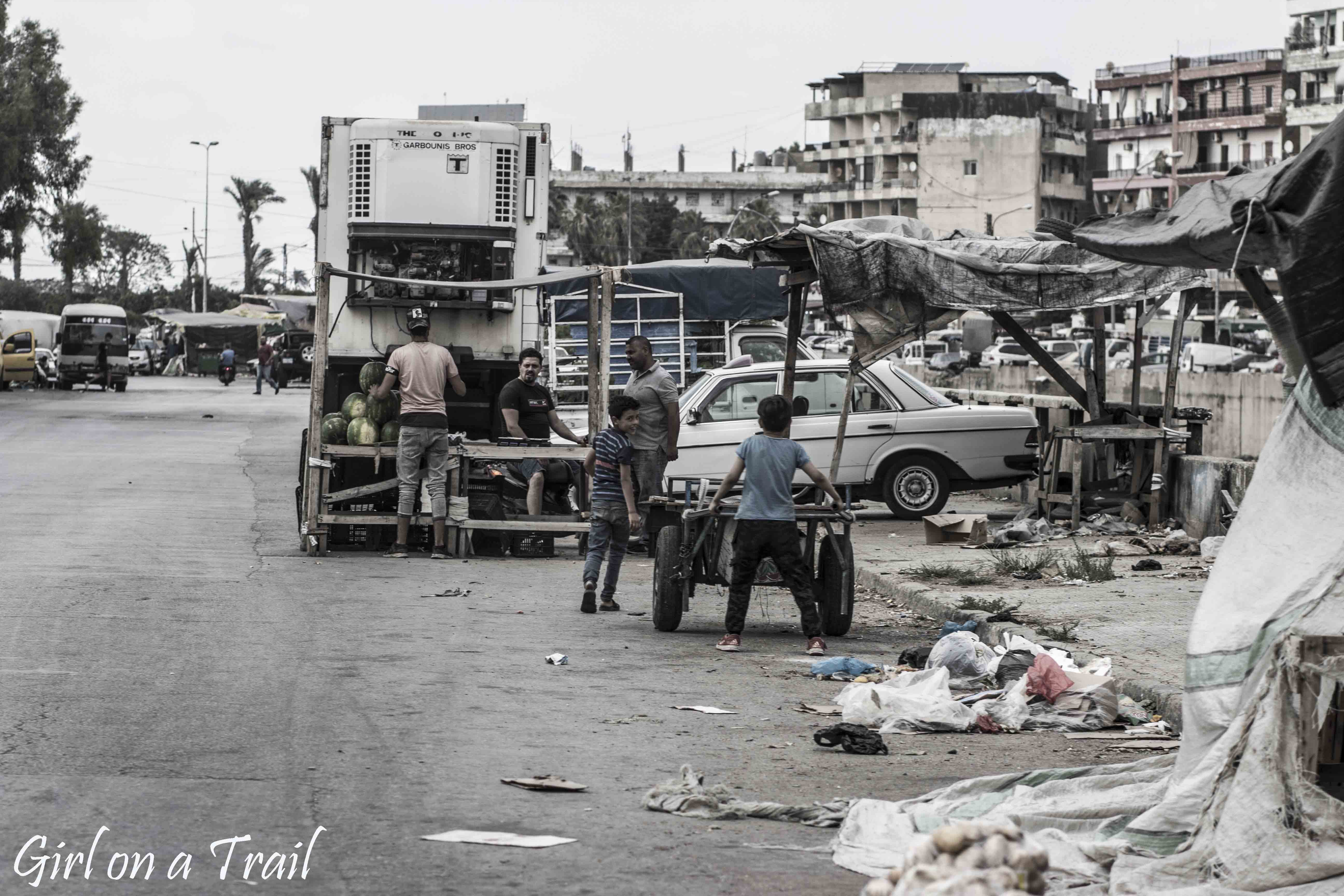
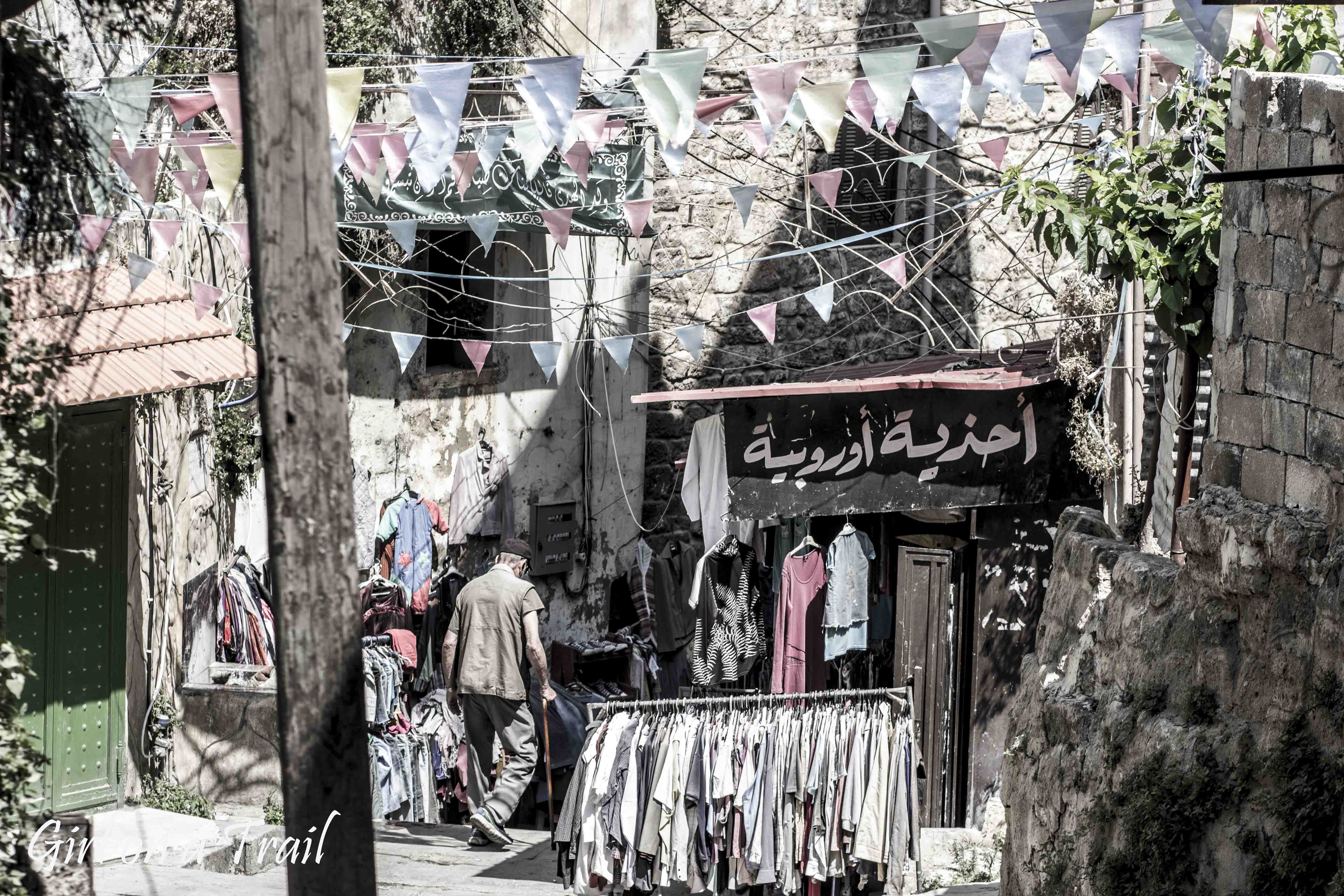
However, despite this, Tripoli made a great impression on me. It’s the complete opposite of liberal, modern Beirut, and therefore more authentic. Surprisingly, both cities are only 80 km away from each other.

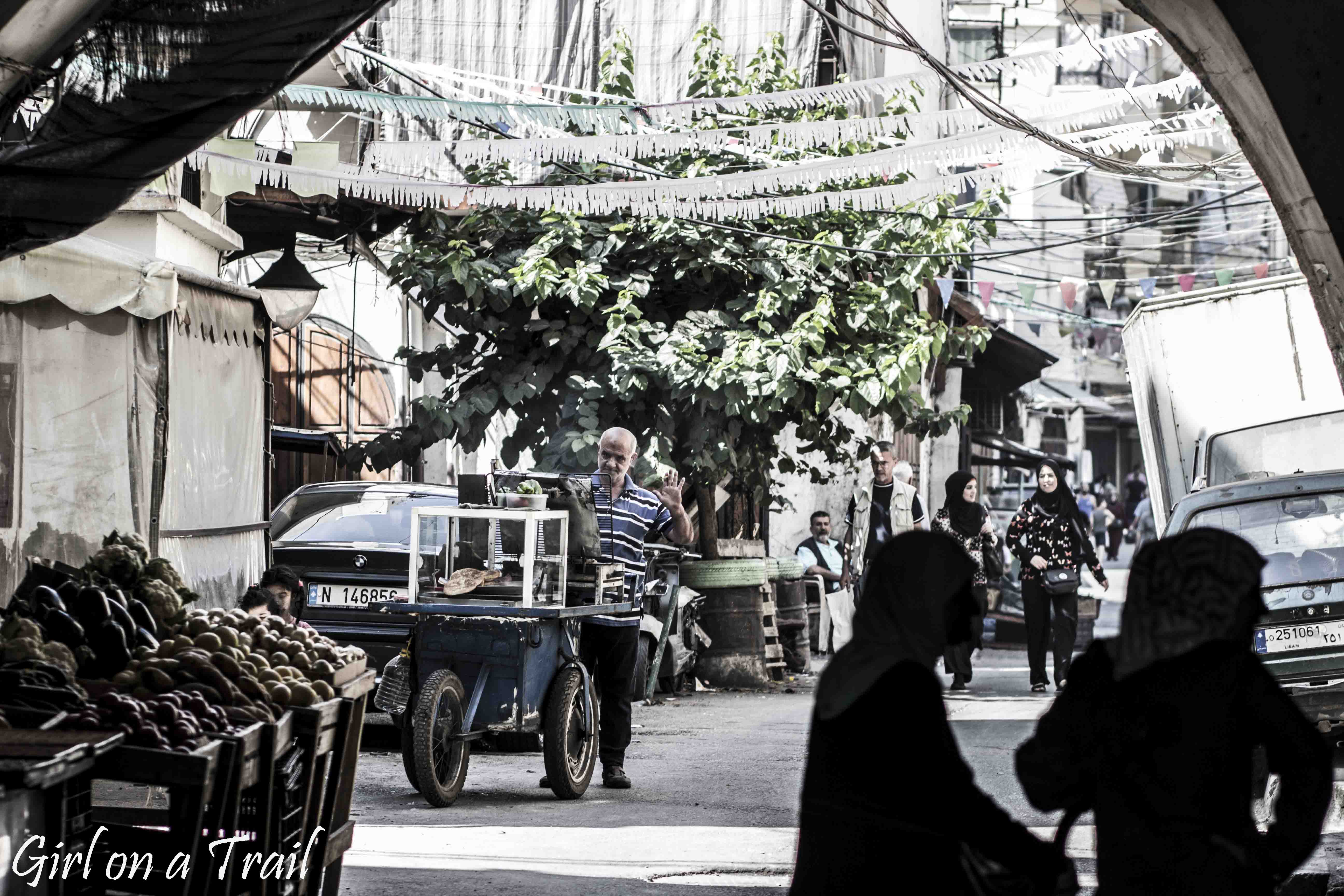
When entering Tripoli, I knew I was in the right place, except for the long traffic jam.
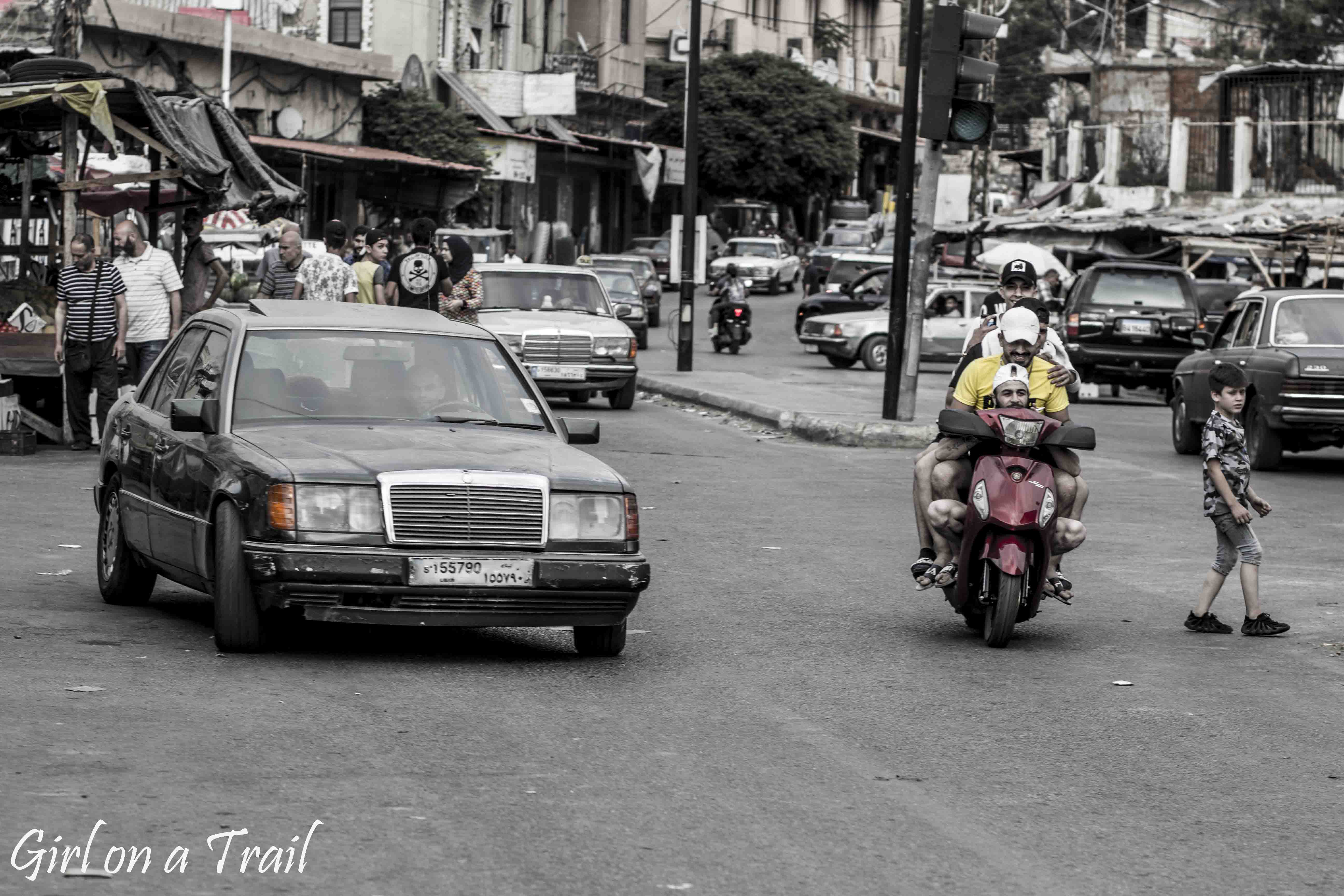
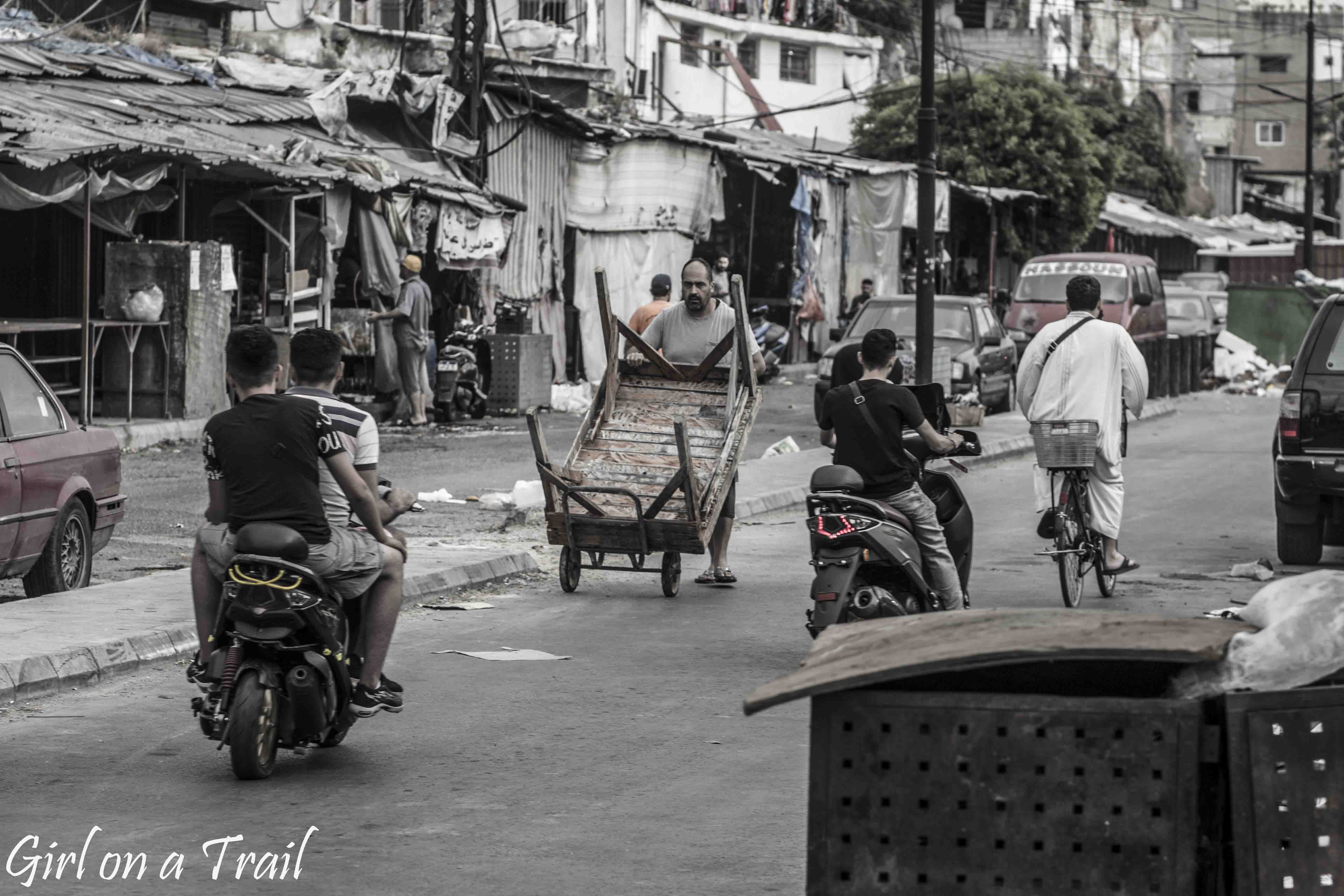
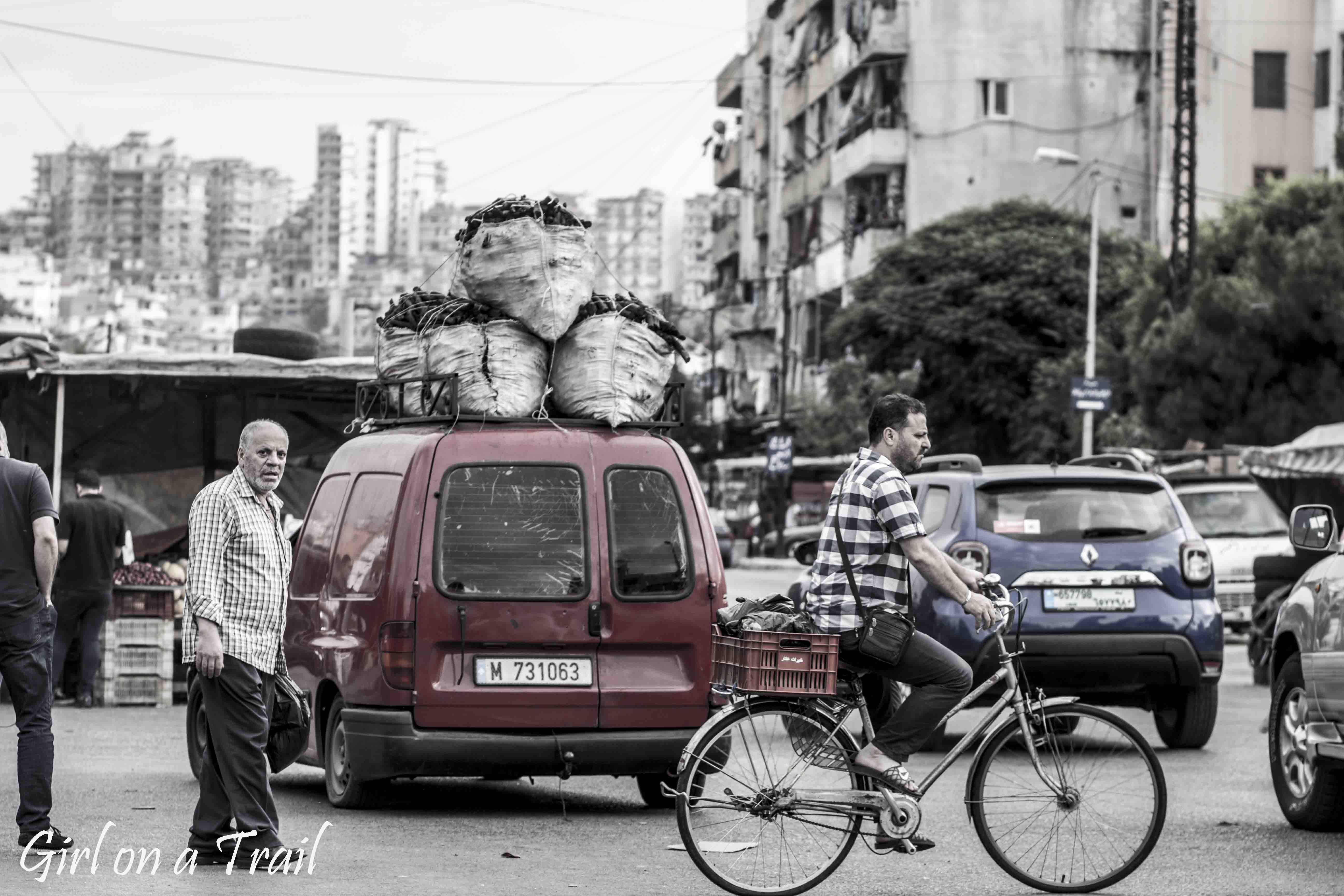
However, on the other hand, I had some time to observe the inhabitants. I realized why Tripoli was nicknamed the Lebanese Kandahar. At first glance, it’s clear that the city is inhabited by orthodox Muslims. The city is known as a bastion of Islamic conservatism.
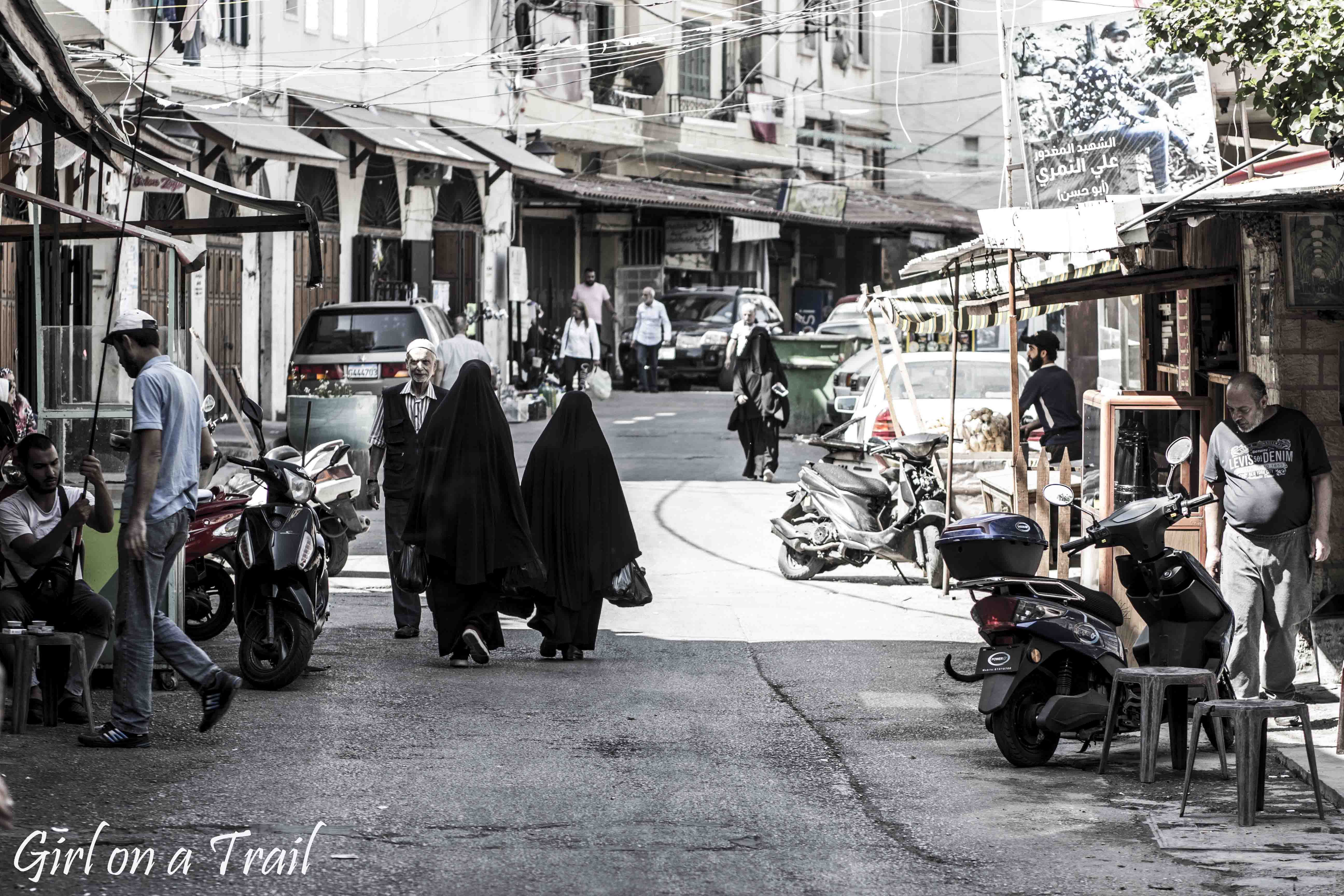
In the maze of narrow streets I could see the everyday life of the inhabitants. It was loud and bustling, exactly what I expected! 🙂 It looked as if the whole city was doing shopping.
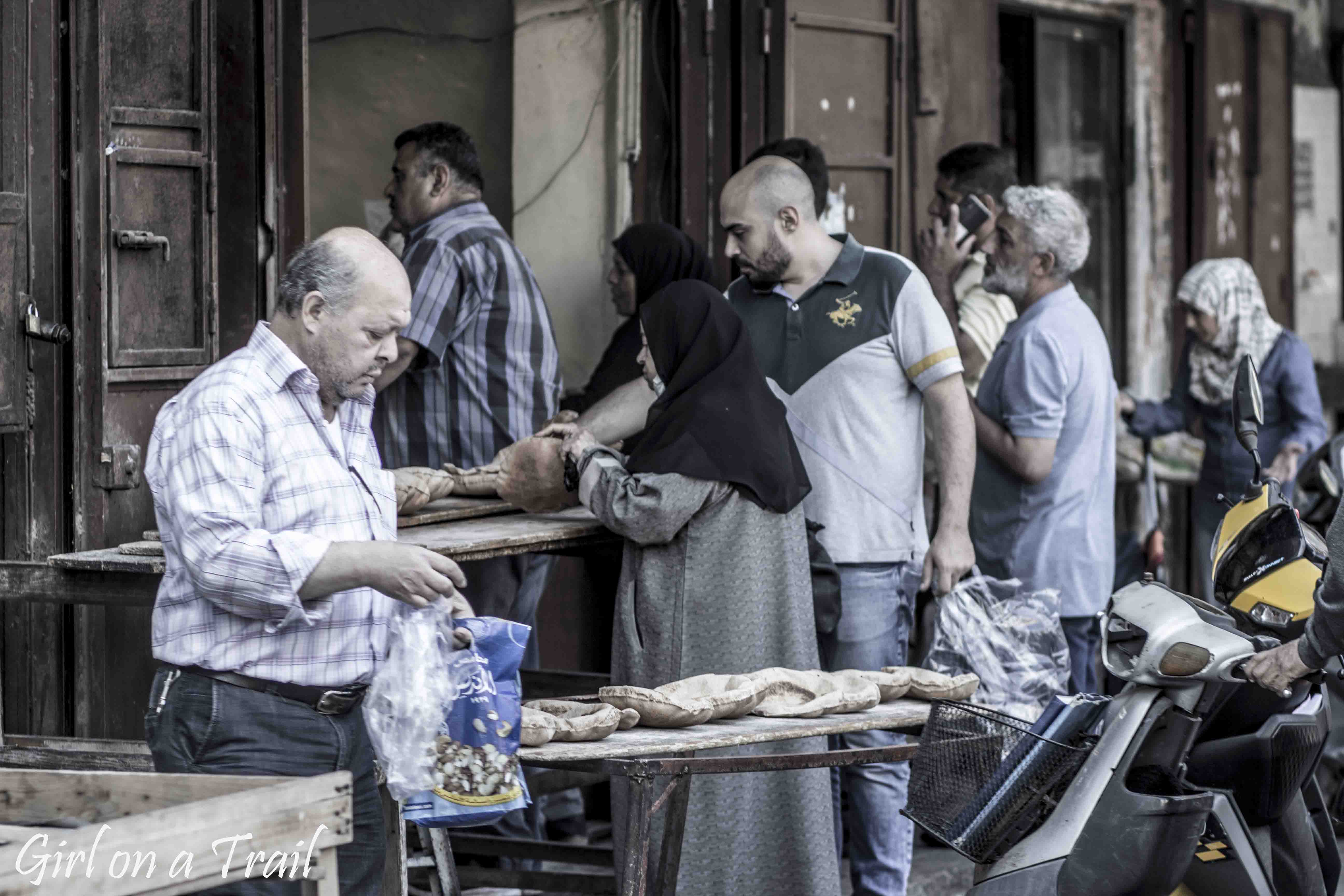
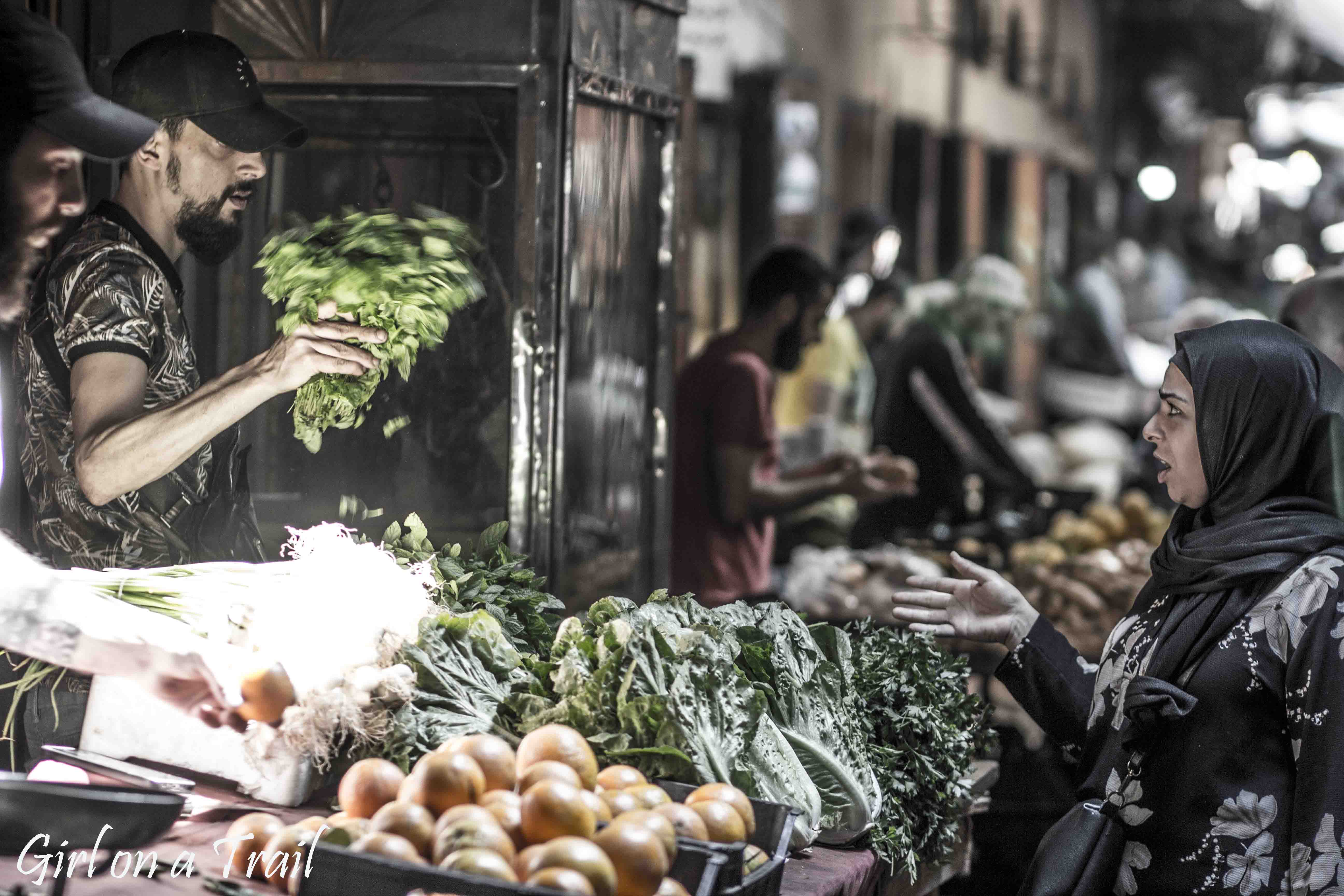
You can see stalls at every step. At first glance, everything seems quite chaotic, but there’s logic in this apparent mess. The stalls are divided thematically. There’re as many as nine souks – traditional bazaars in Tripoli, including: gold one (called Souk el Sayagheen), Attareen perfumes, spices, Khayateen textiles, but also Nahasseen with copper products. There’s also a soap bazaar – Saboon Khan, where you can buy traditional soap. Tripoli is famous for its soap production, which has been made here for centuries and is associated with the tradition of baths – hammams. The main raw material for its production is olive oil, to which honey, oils, rose water, jasmine and herbs are also added.

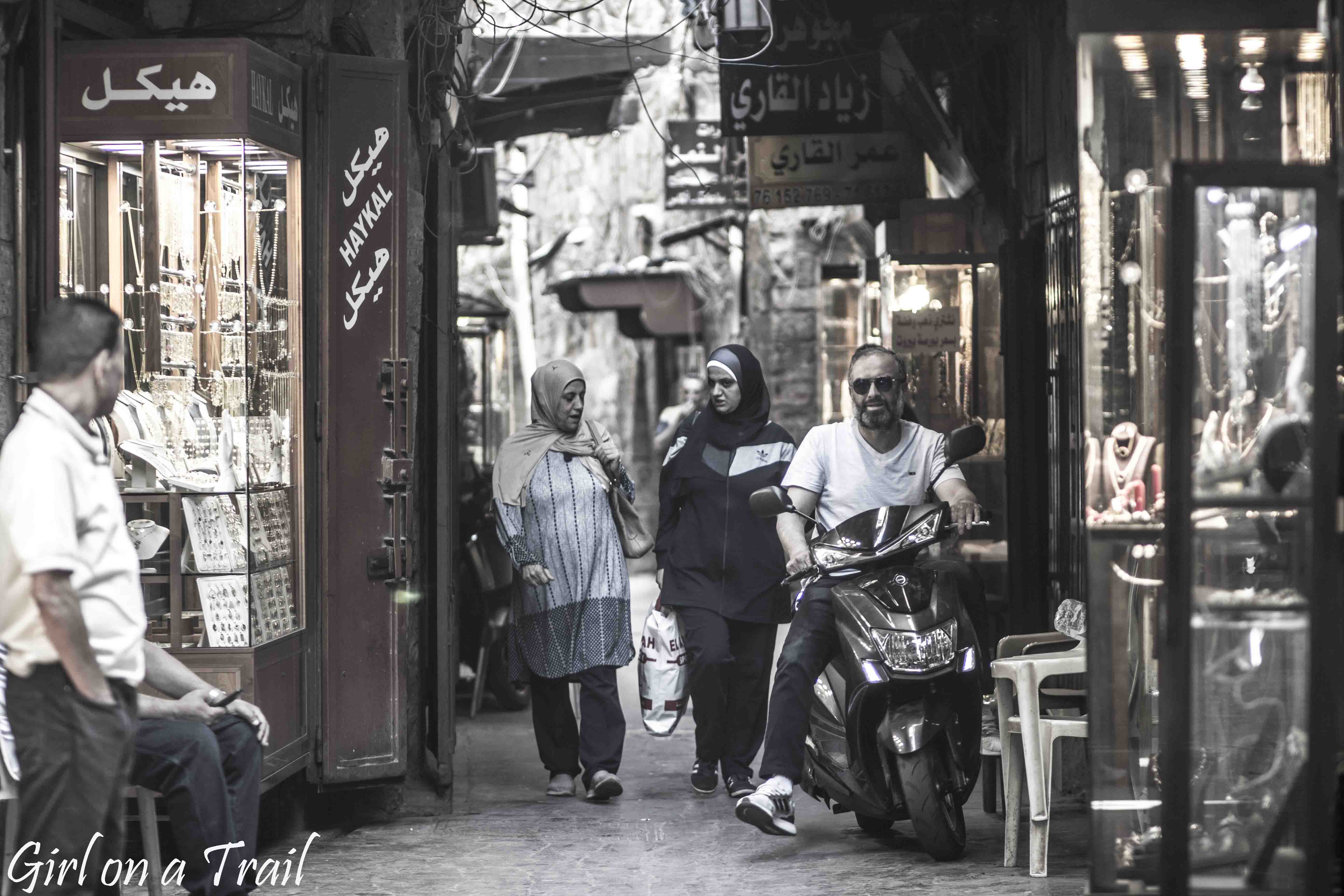
While walking around the Old Town, I didn’t meet any tourists. Even though I stood out from the crowd, I had no problems. People reacted friendly to the photos and were curious why I decided to visit Tripoli alone. The city has a lot to offer and influx of tourists could improve its economic situation. However, the conflict in Syria and the uncertain geopolitical and economic situation in Lebanon postpone such a prospect.
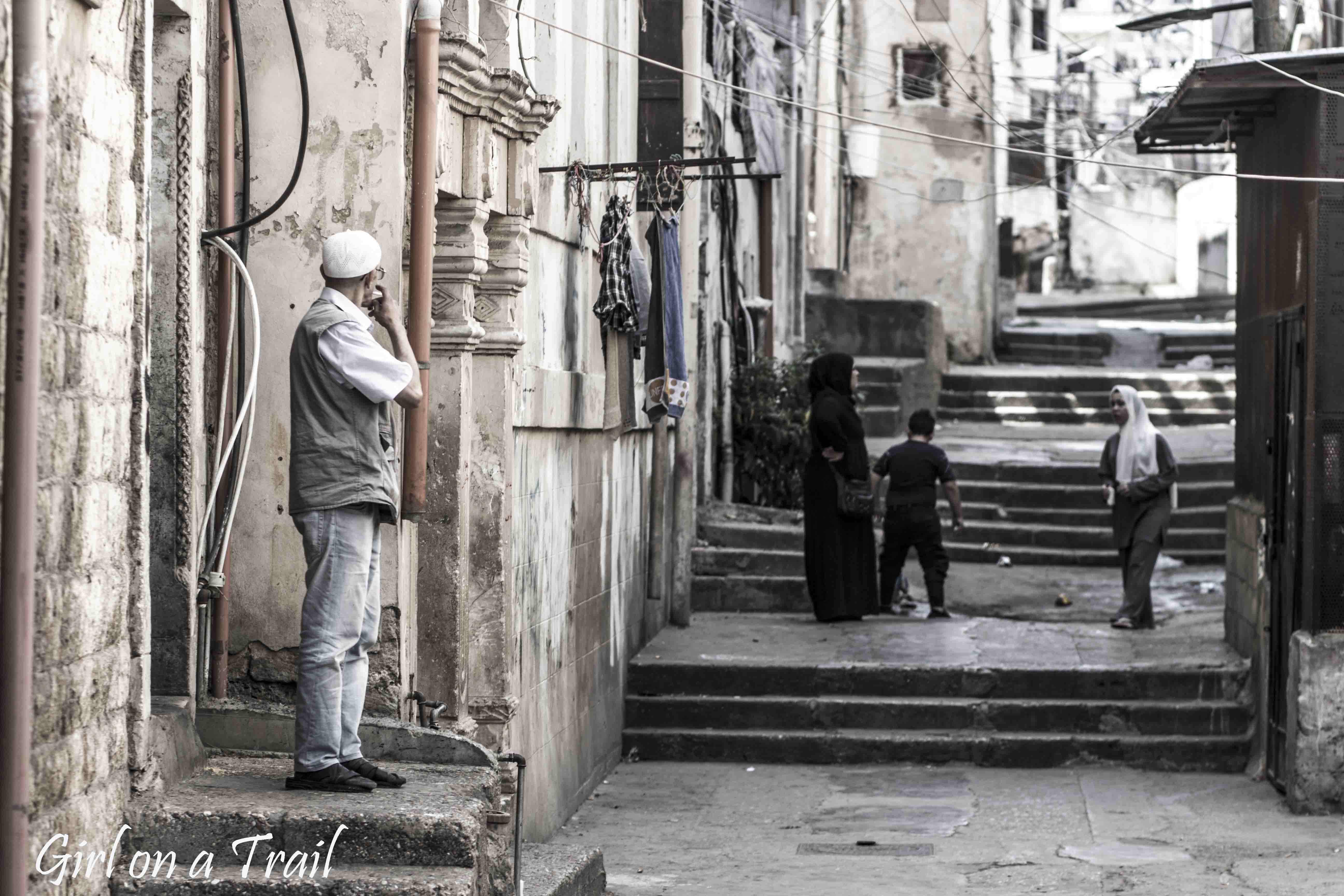
If you’re interested in Lebanon, find out more here.


